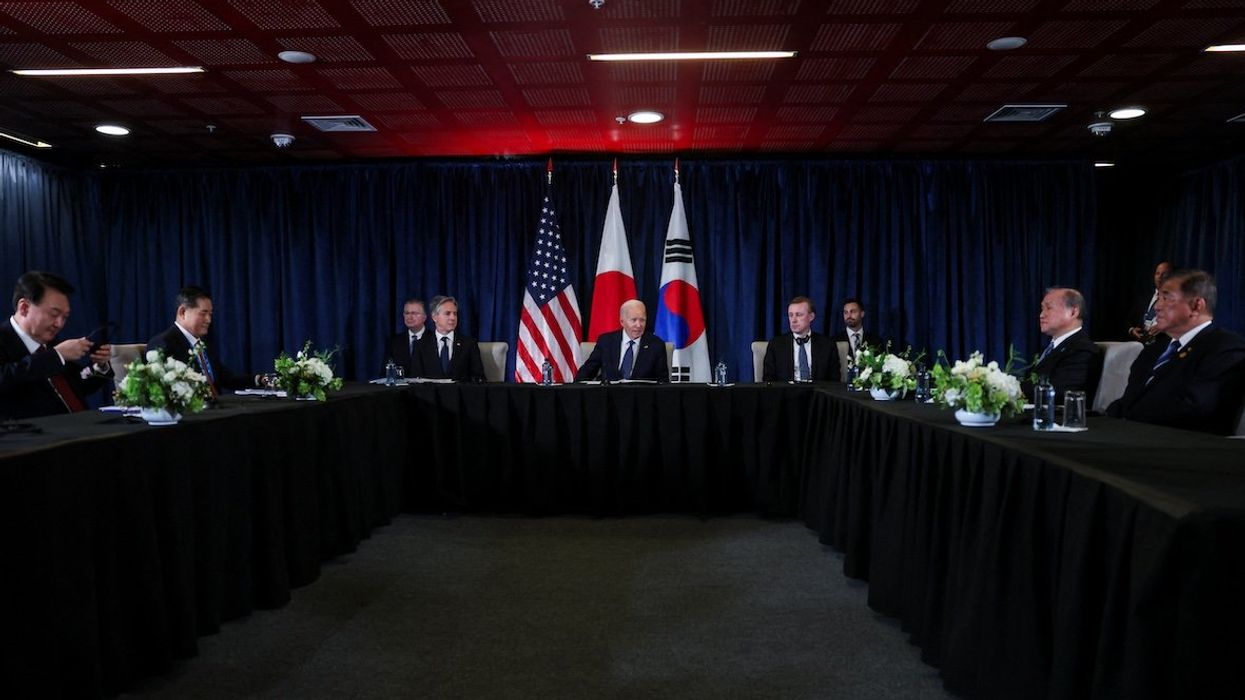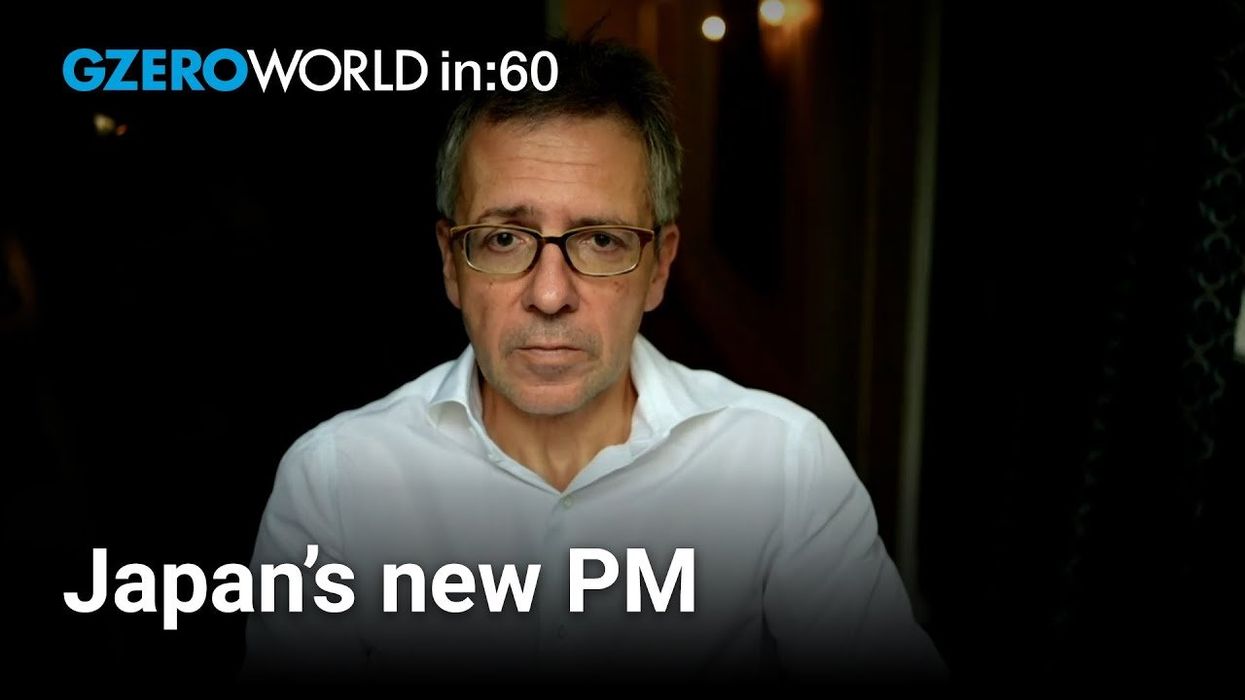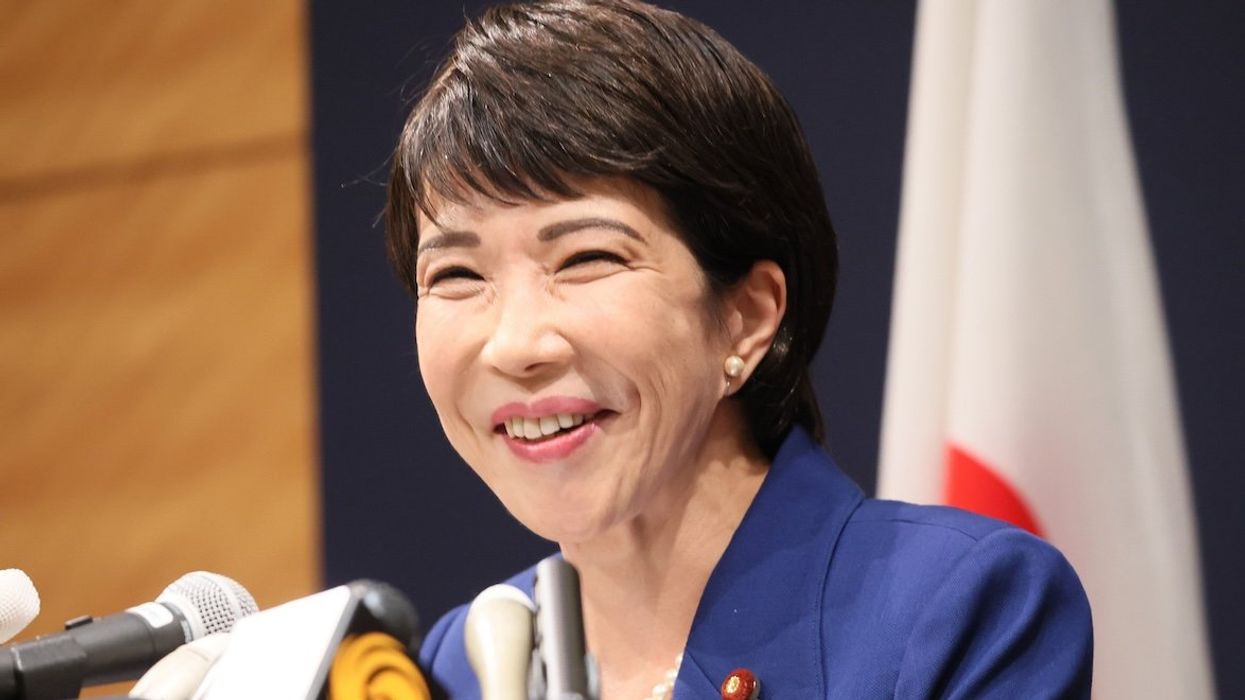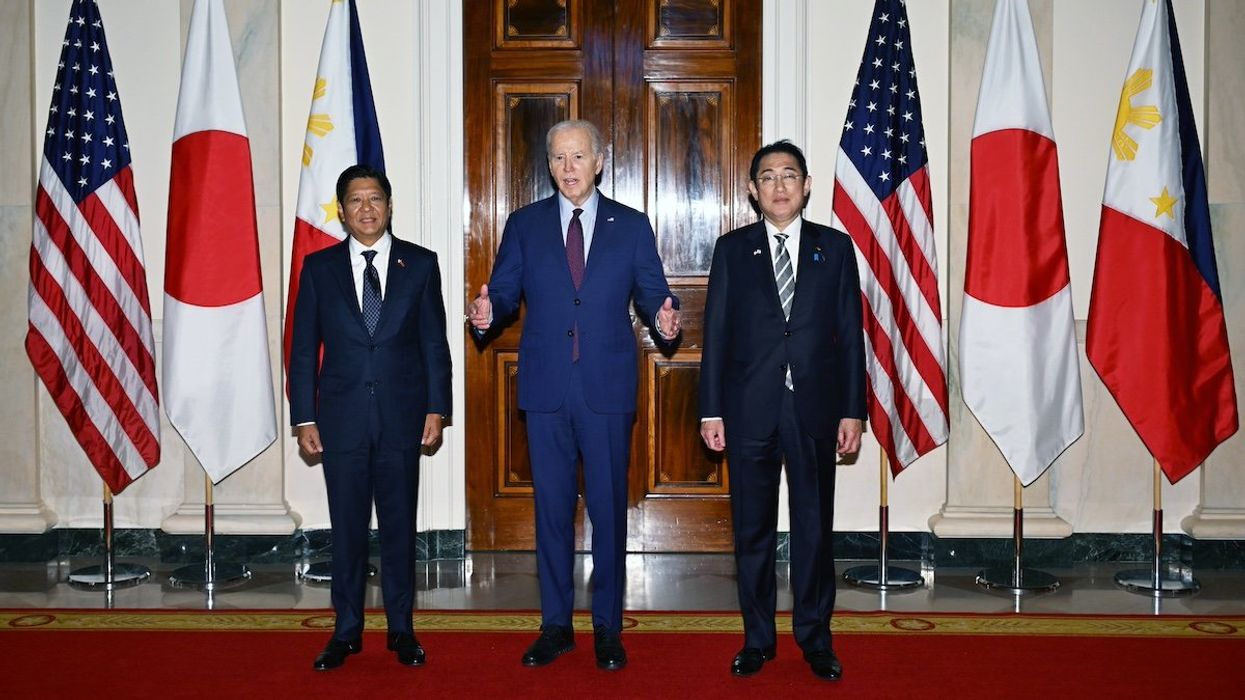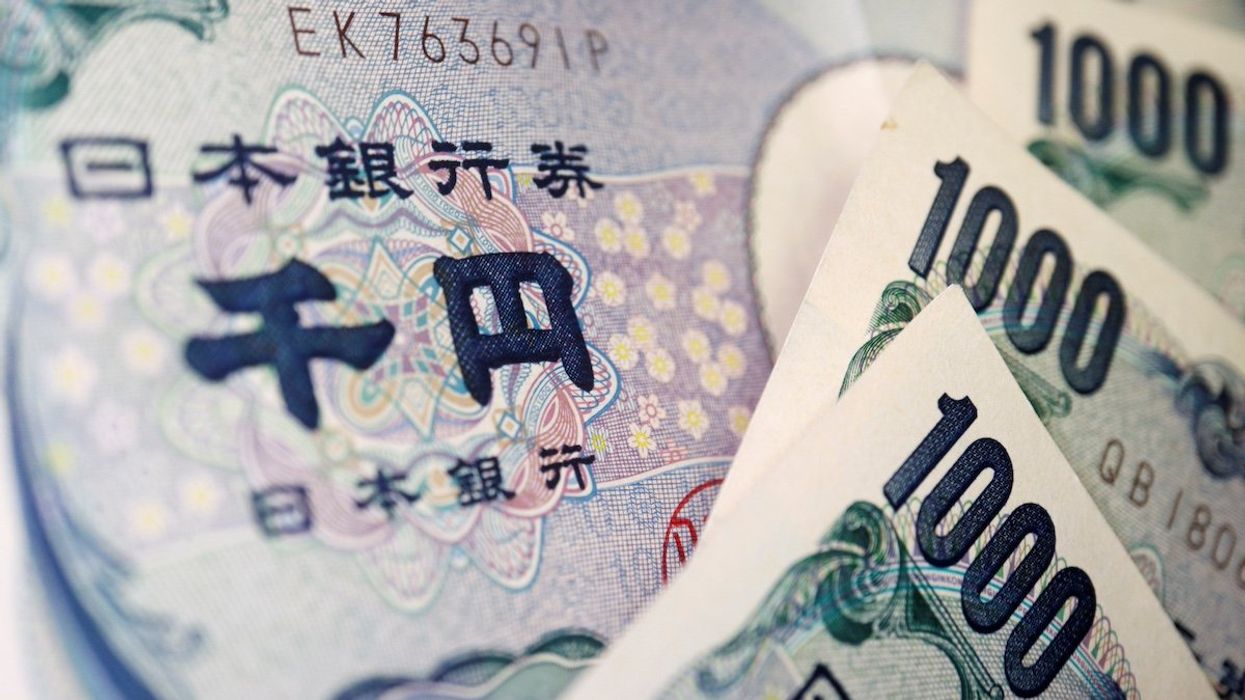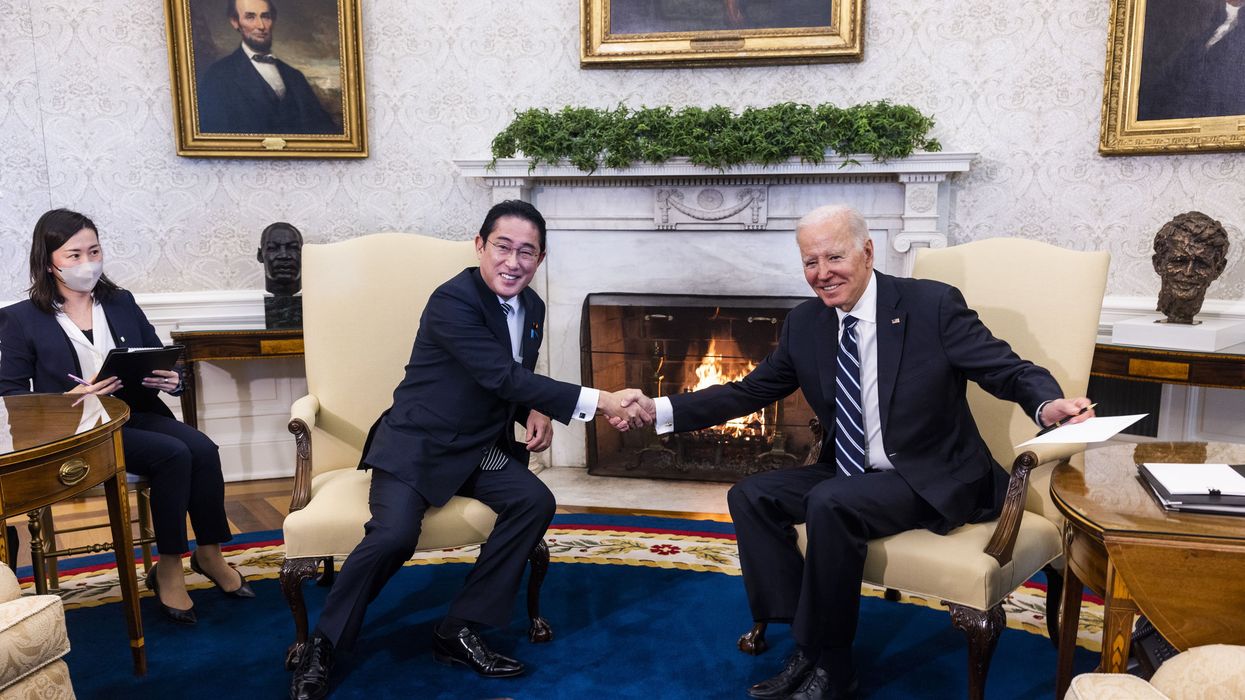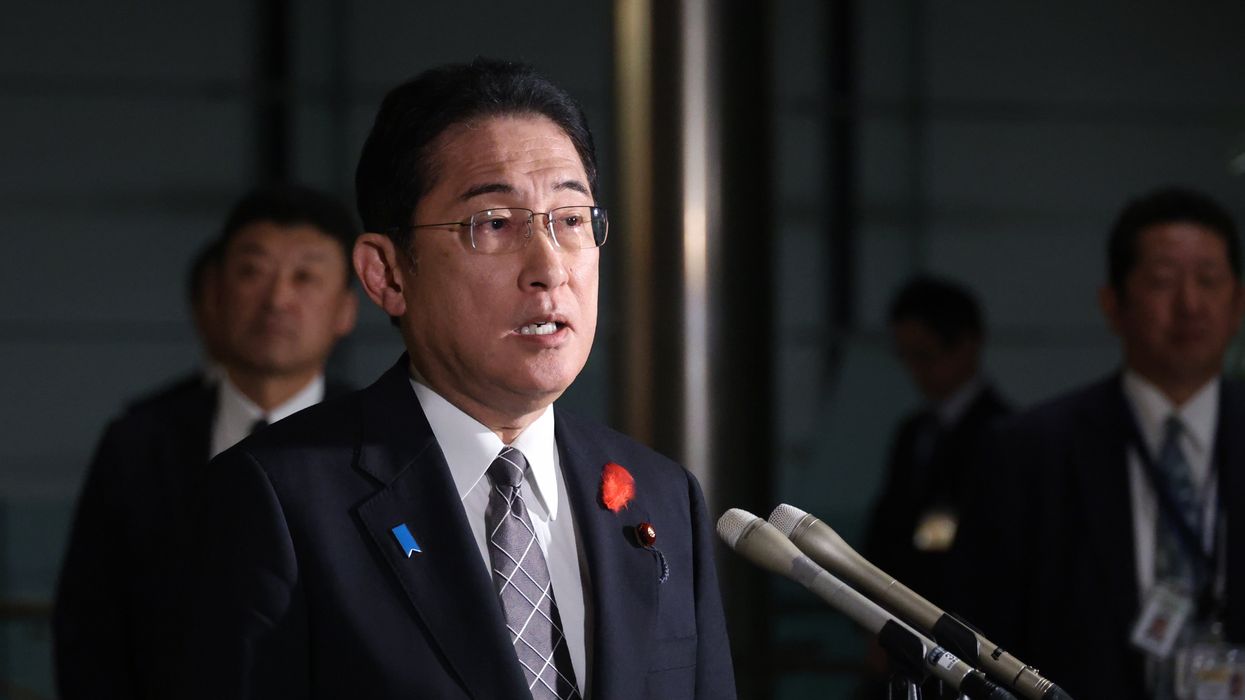What We're Watching
Japan, US, South Korea unite against North Korea-Russia Pact
In a joint press conference on Friday at the APEC summit in Lima, Peru, US President Joe Biden, South Korean President Yoon Suk-yeol, and Japan’s Prime Minister Shigeru Ishiba warned of the latest “dangerous and destabilizing” cooperation between Russia and North Korea.
Nov 17, 2024
